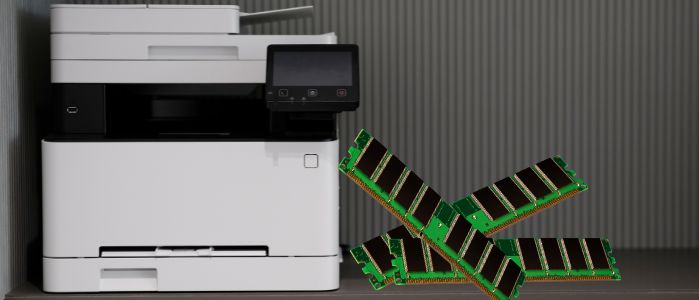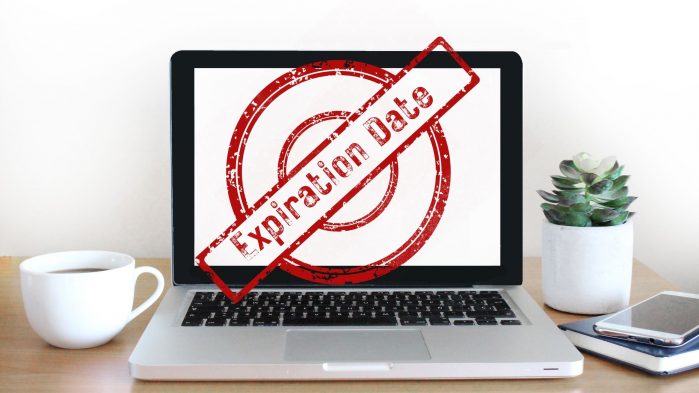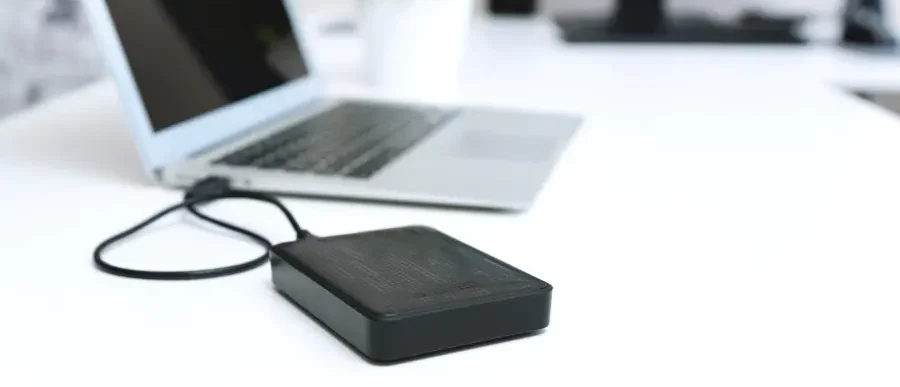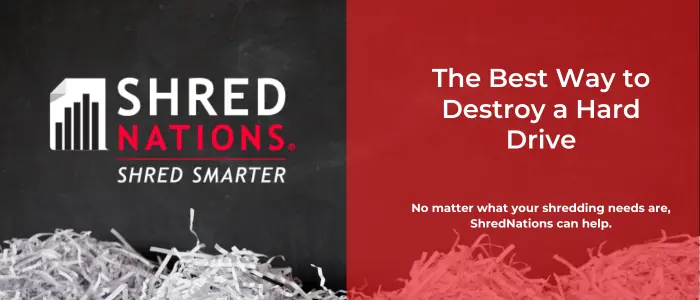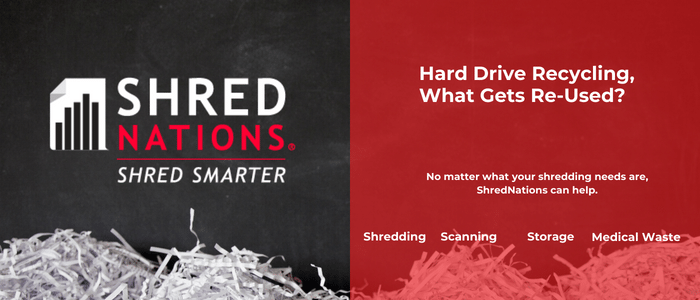
What Gets Recycled When a Hard Drive is Shredded?
Hard drive shredding is the process of destroying electronic storage devices to protect private data. Physical destruction ensures fully erases the information on the hard drive and makes it unusable. Not only is it the most secure method, it also enables the hard drive to to go through the recycling process.
Hard drives contain a wealth of materials, and the vast majority are recyclable. Breaking down those hard drives allows recyclers to retrieve the valuable materials, process them, and make them available for new devices.
What is Inside a Hard Drive?
A hard drive disk contains a platter and an actuator arm encased in steel and plastic. The actuator arm reads from and writes onto compartments within the platter, recalling and storing your information. Expensive metals make up the platter, including ruthenium and platinum. Other elements like silicon, copper, zinc, aluminum, chromium, cobalt, and iron complement the ruthenium and platinum within the platter and arm.
These elements require significant energy and resources to mine and create the magnets working inside your hard drive. They are limited commodities that will run out, creating concerns about future technology supply shortages. In addition, the mining and manufacturing of these resources raises significant environmental concerns.
Nearly all hard drive parts are recyclable, so it is important that these materials be reused. The US generates nearly 17% of all used hard drives. If recycled, they could supply more than 5% of the magnet demand outside of China. Therefore, recycling your hard drives can greatly contribute to sustainability in the technology sector.
How Does Hard Drive Recycling Work?
Hard drive recycling begins with shredding. Your drives will be fed into a specialized shredder that breaks down your devices into small pieces. Then, the recycler collects and transfers the shredded materials for processing.
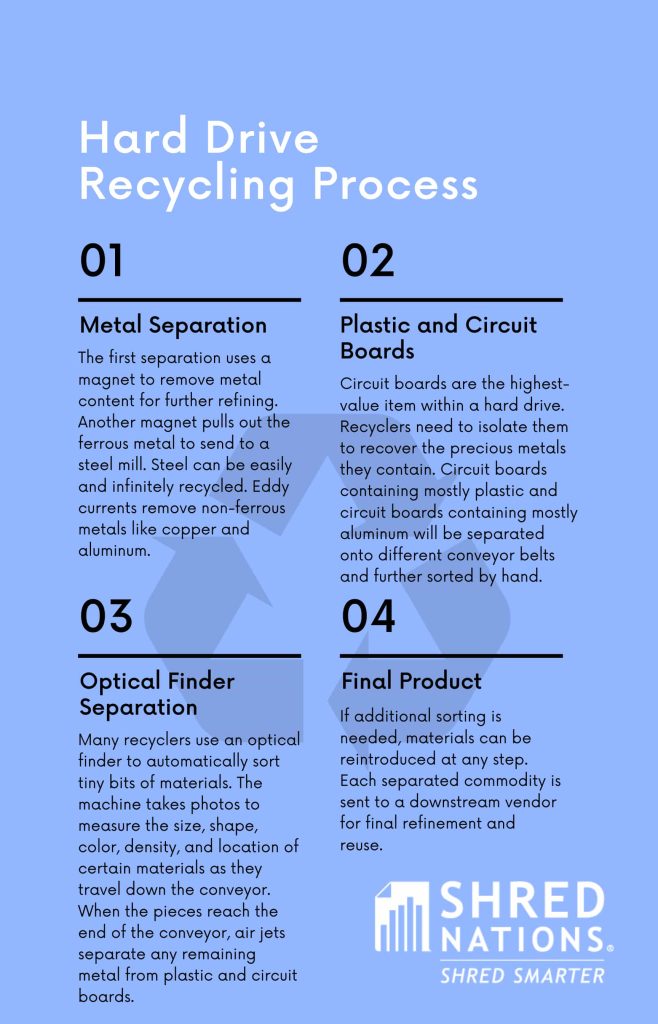
Why You Should Shred and Recycle Your Hard Drives
Hard drive destruction offers personal and global benefits. Physically destroying protects hard drives and keeps private data safe from theft and misuse. In addition, shredding allows recyclers to recover and reuse hard drive materials.
E-waste is a huge global issue that contributes to illness, pollution, and climate change. Choosing a reliable hard drive destruction and recycling provider is the responsible choice for you and the planet.
Shred & Recycle Your Hard Drives with Shred Nations
Shred Nations offers affordable hard drive destruction with recycling. Our shredding experts use top-of-the-line equipment to destroy, sort, and process your hard drive materials. Find a provider near you by calling (800) 747-3365, filling out the form, or contacting us via the live chat. We will send you free, no-obligation price quotes in just minutes.






